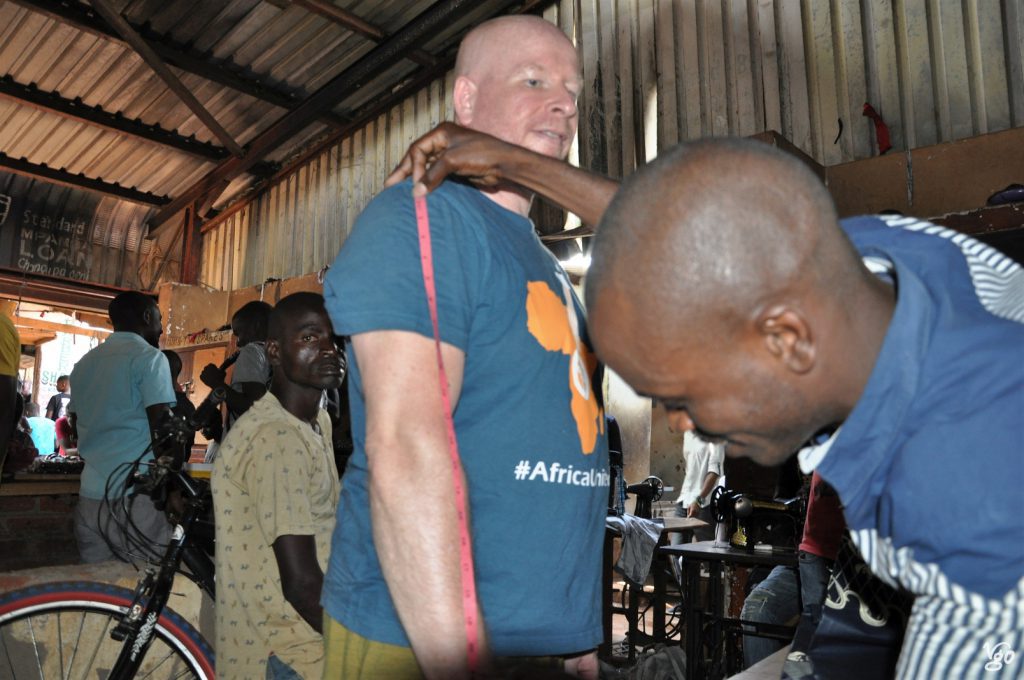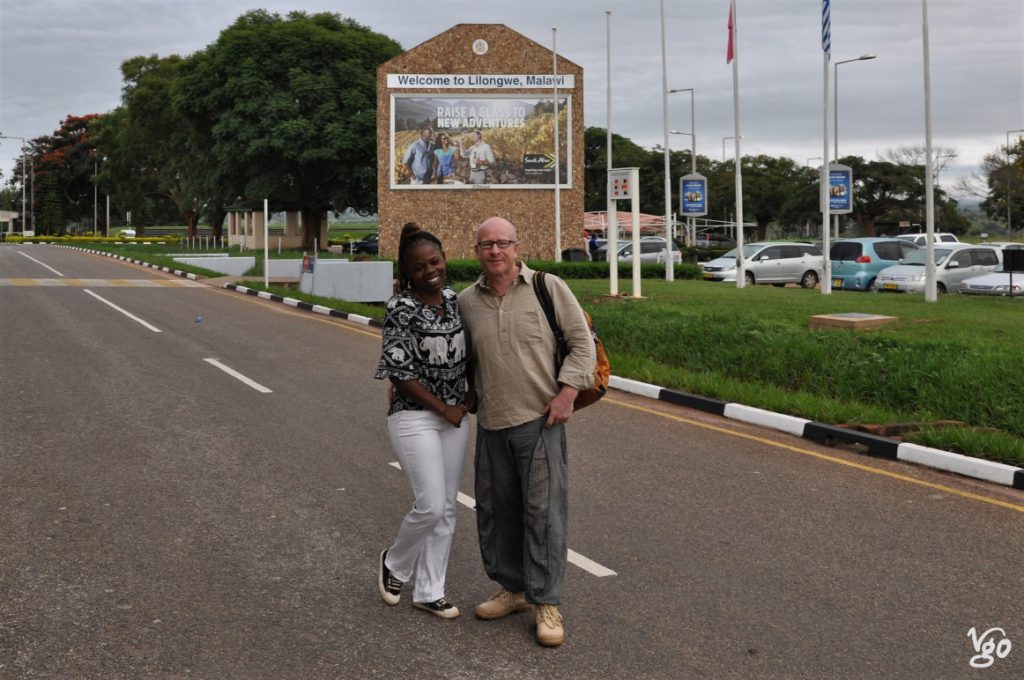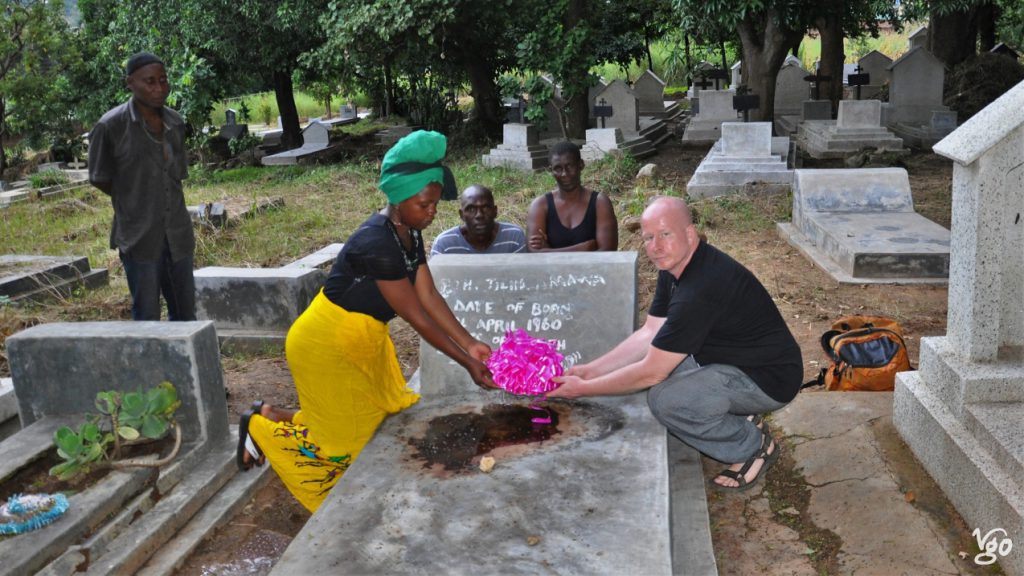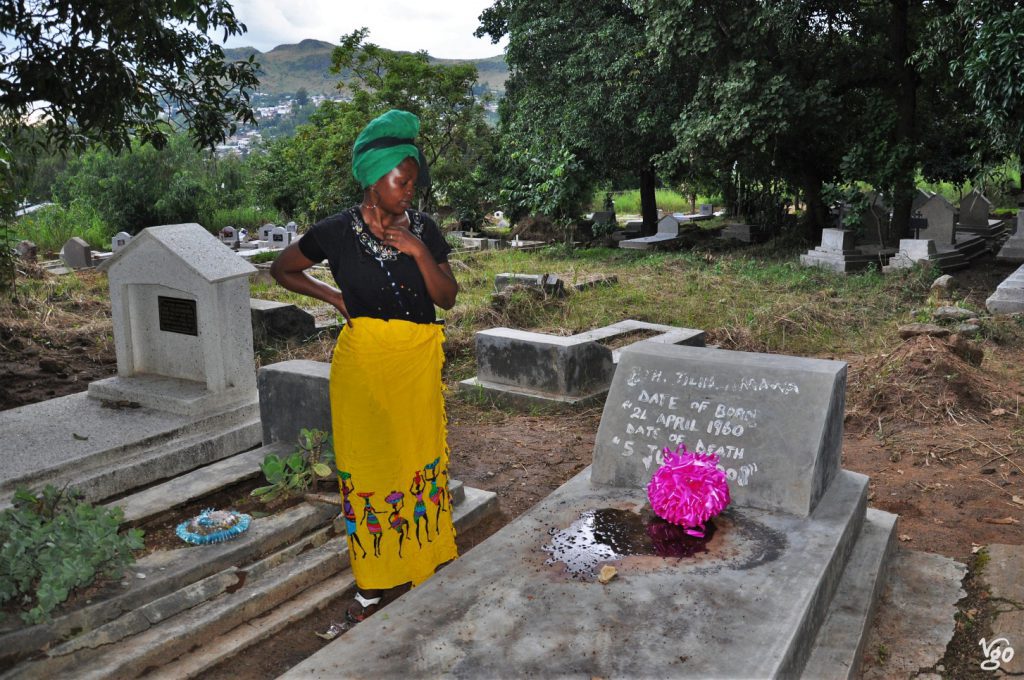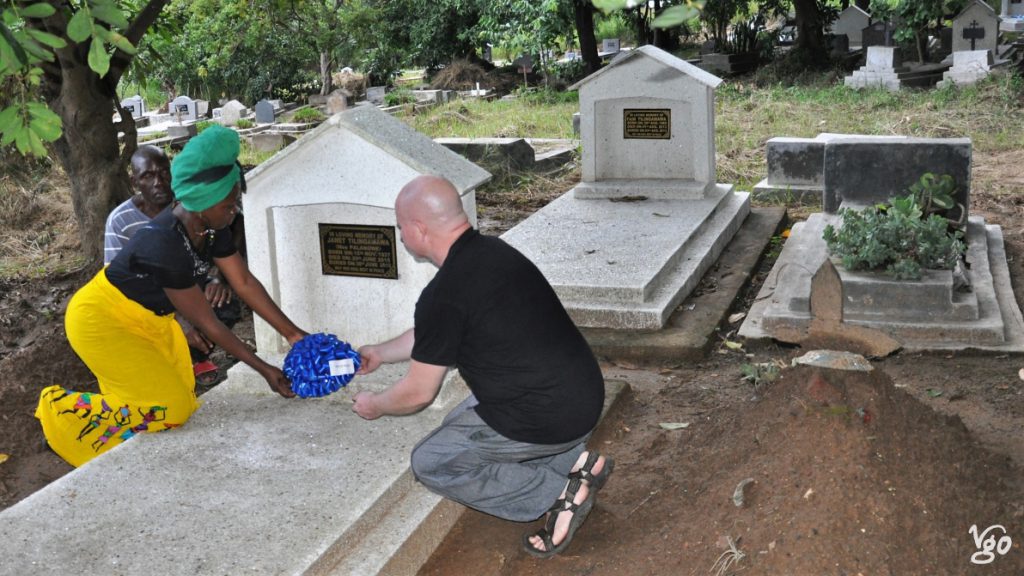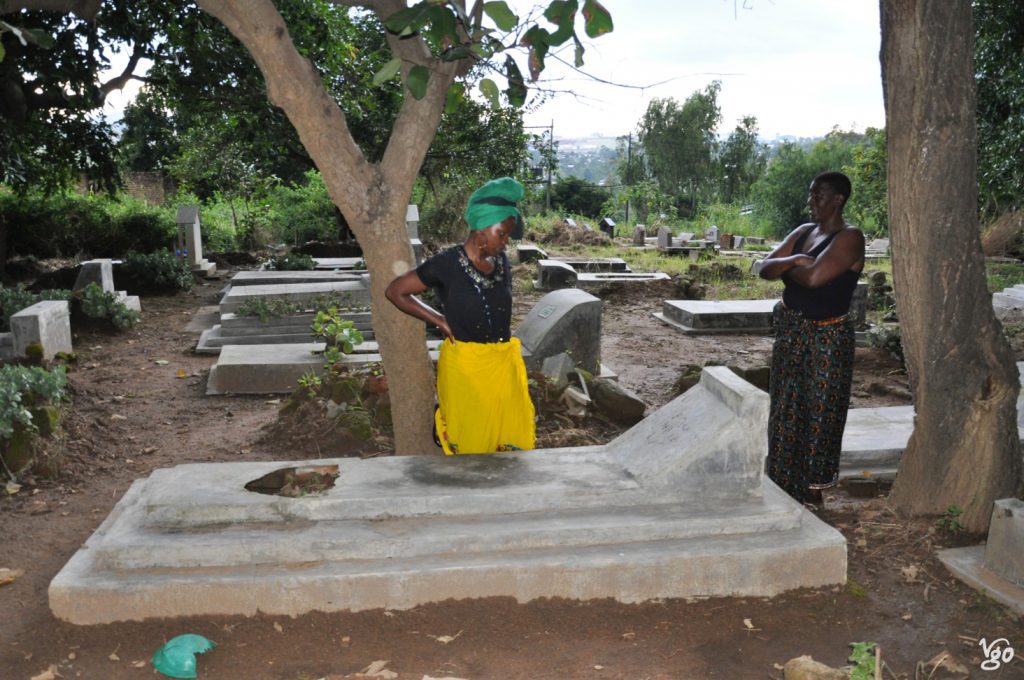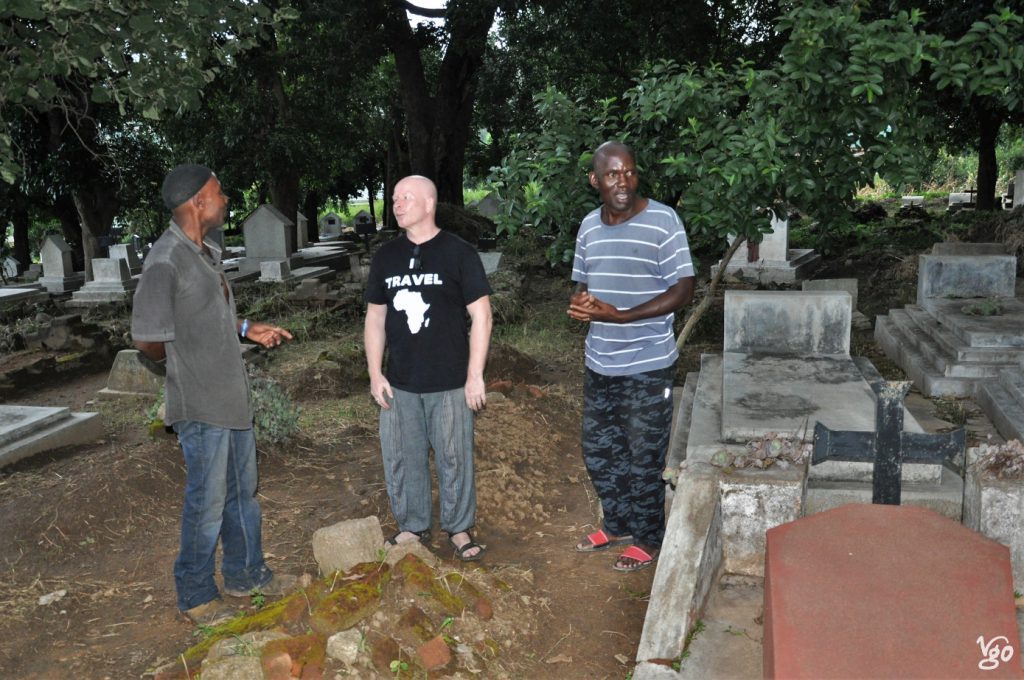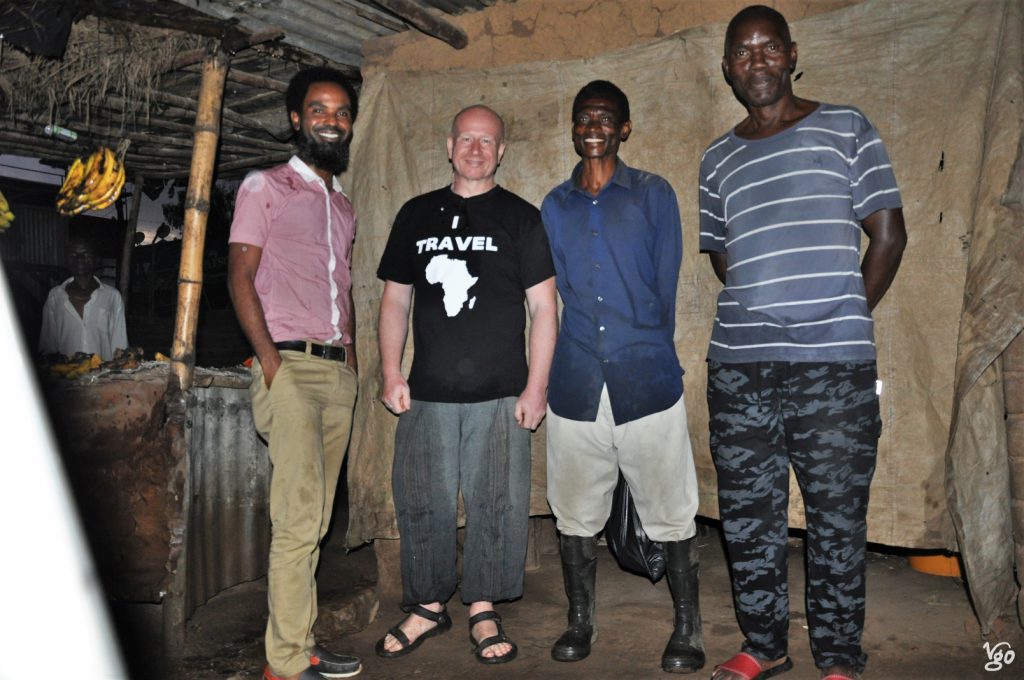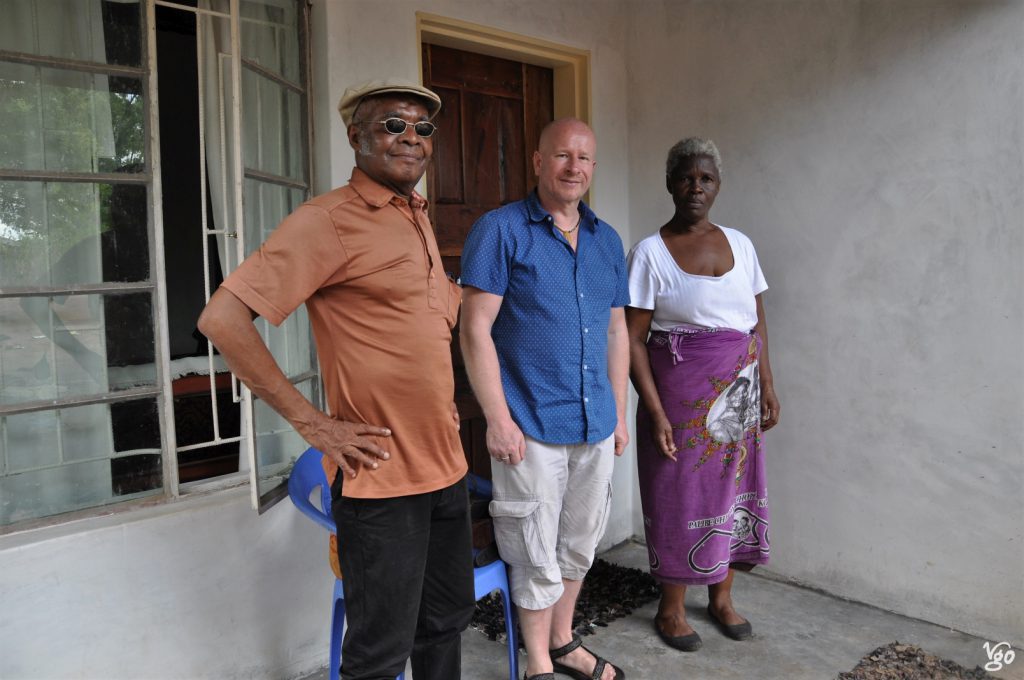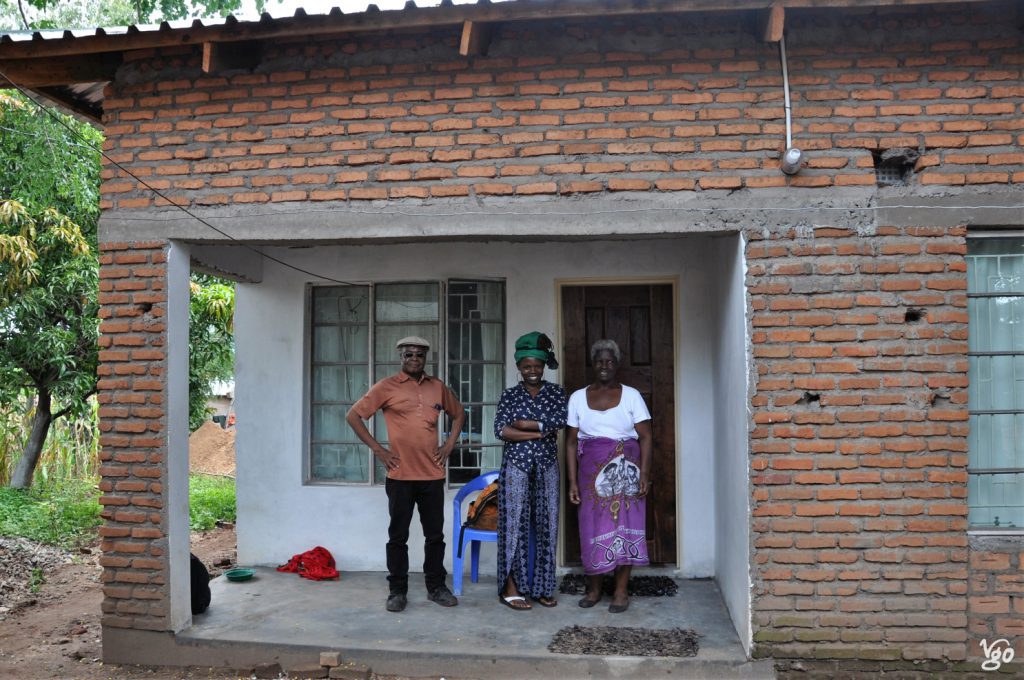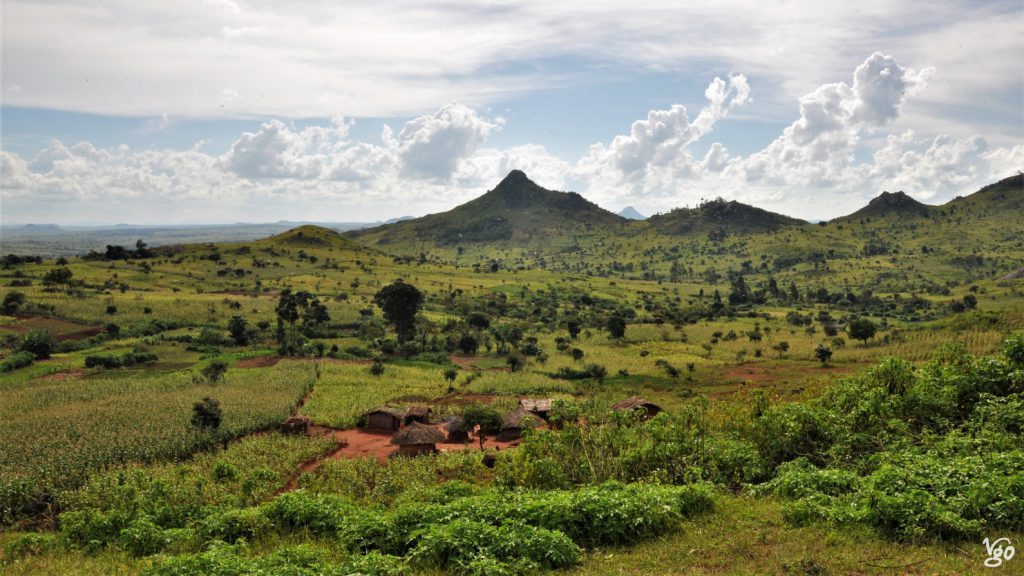
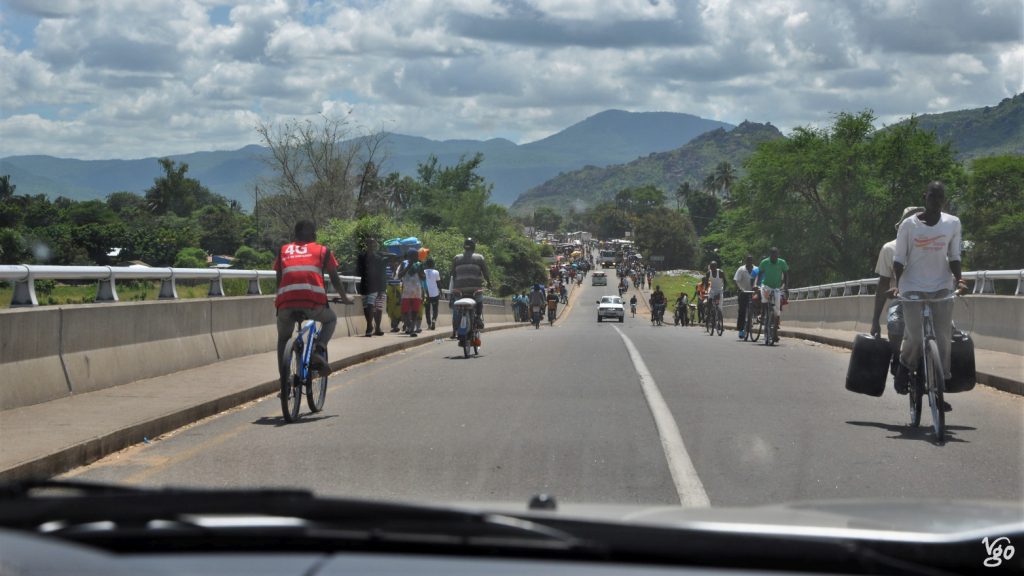
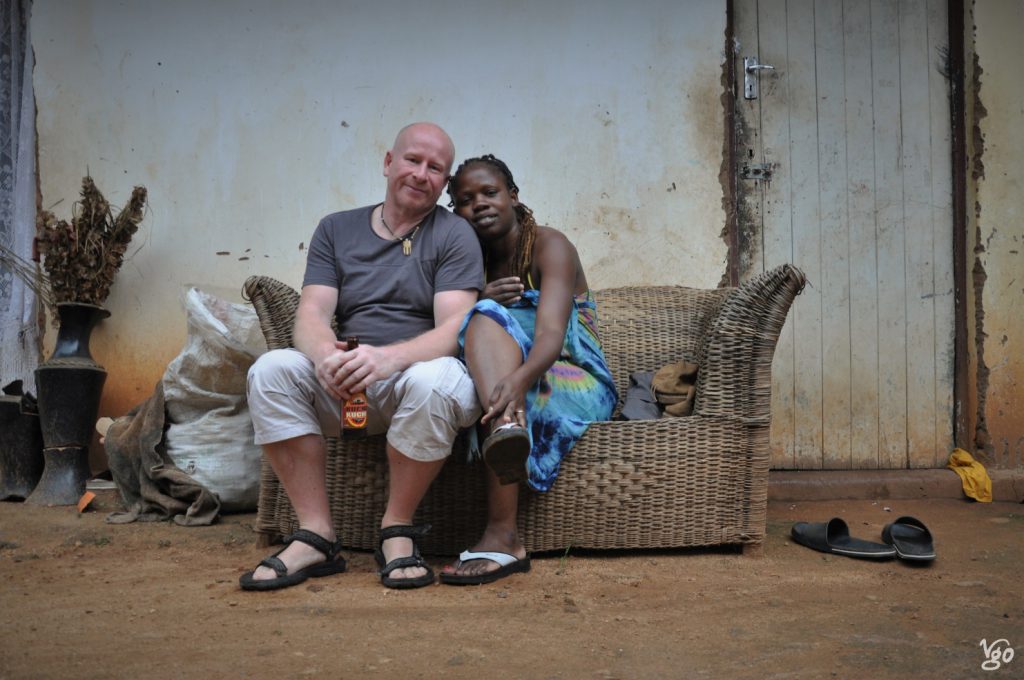
Lilongwe
Malawi’s dusty capital greeted me with lots of rain (devastating Cyclone Idai was on its way already) and with power cuts … and with the great opportunity to learn some Chewa drumming at Music Crossroads Malawi, to see Burundian Drummers at Grittah’s Camp, and last but not at all least to meet Chimz’ family (at least some of them).
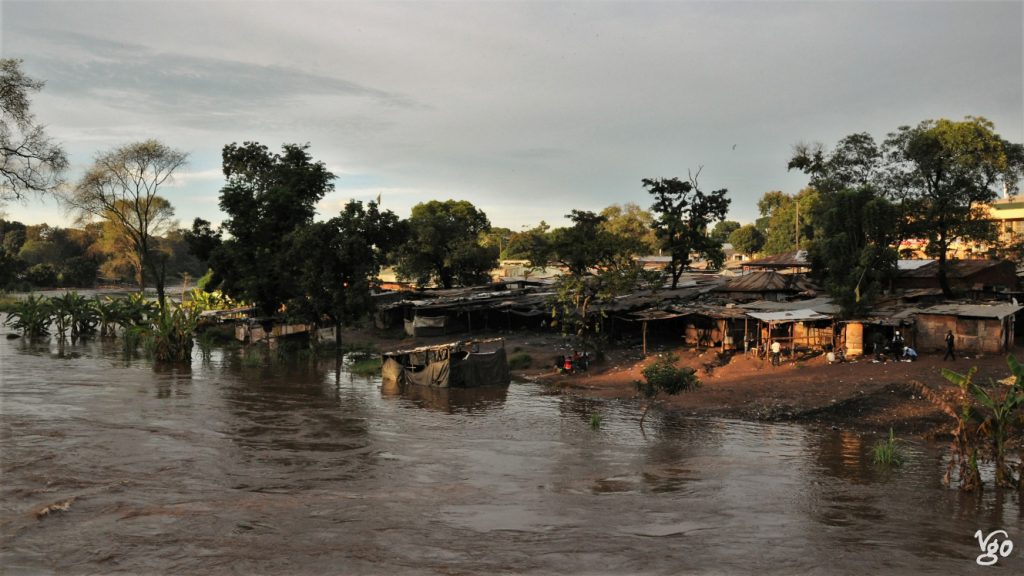
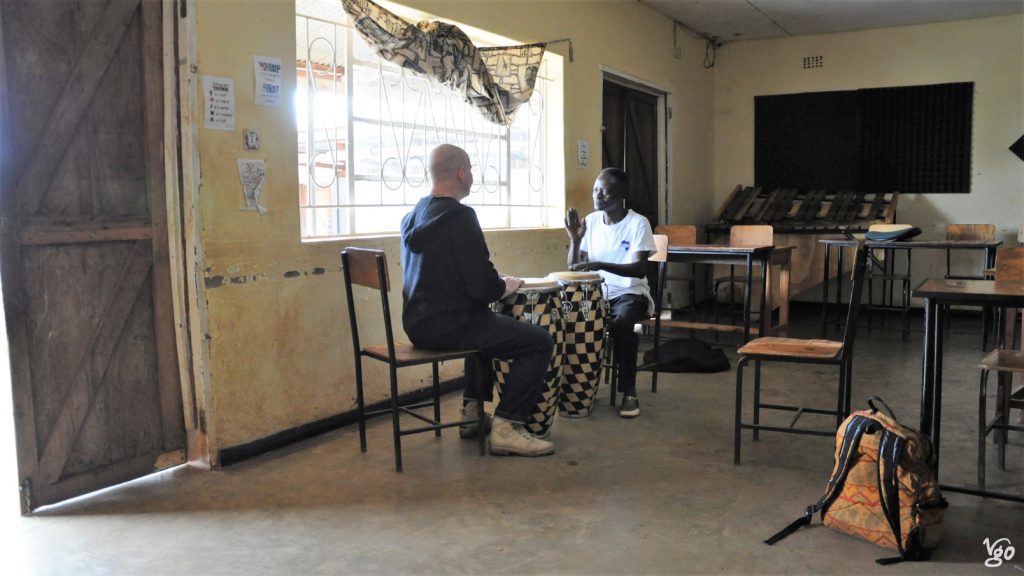
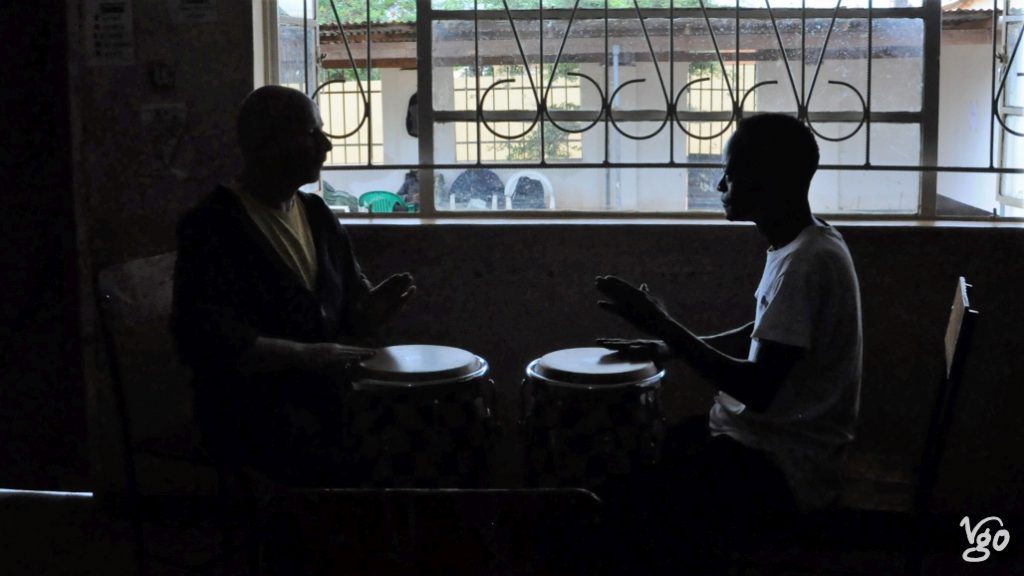
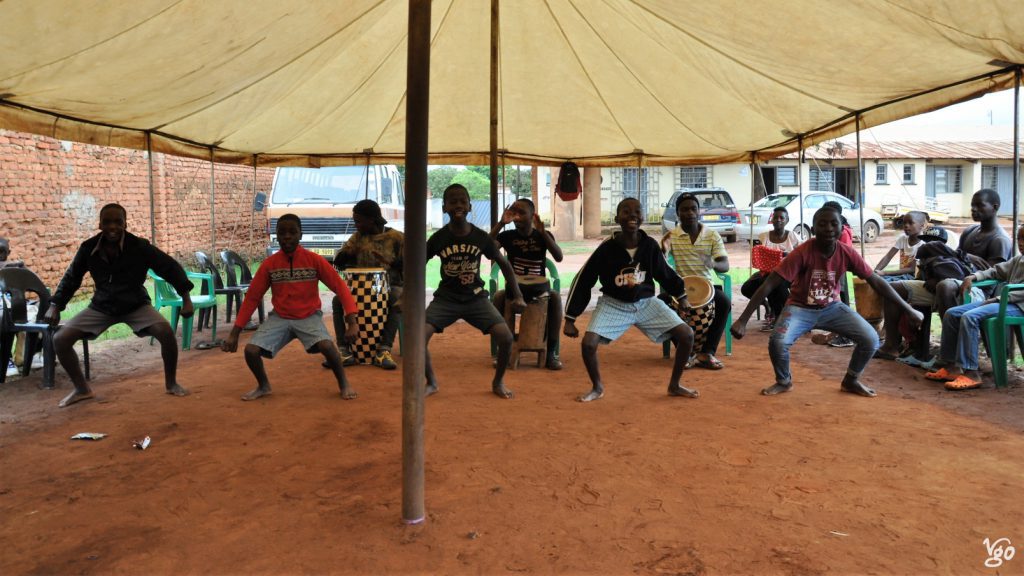
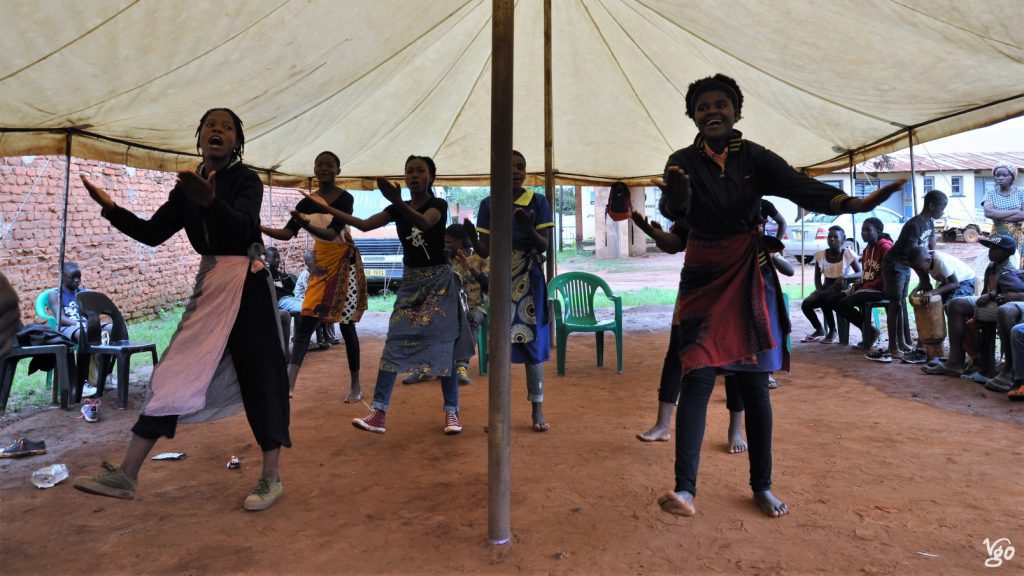
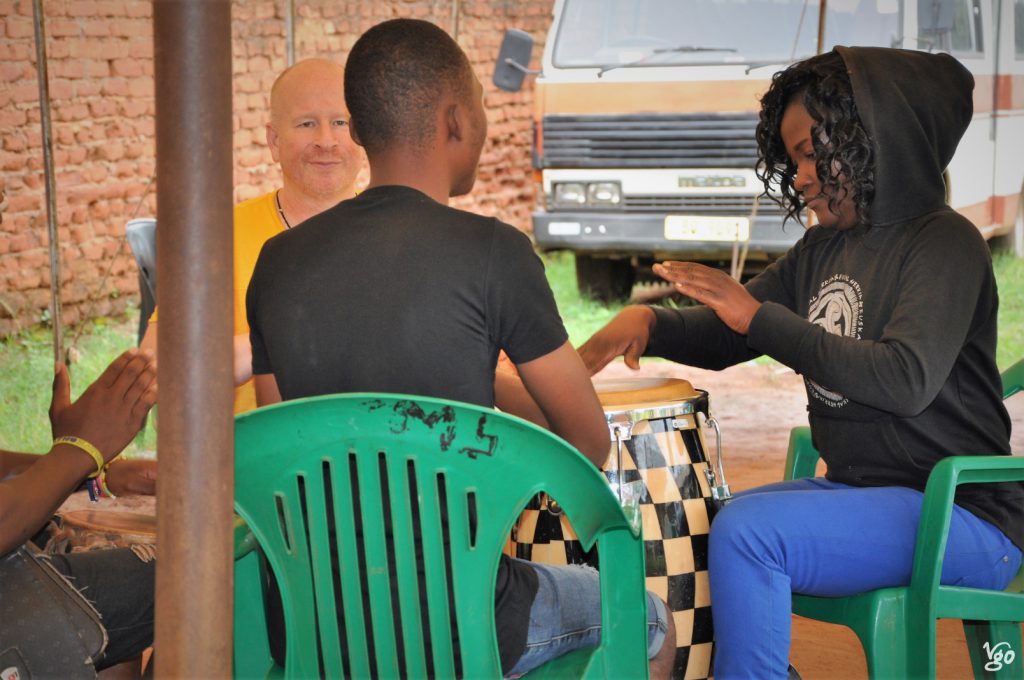
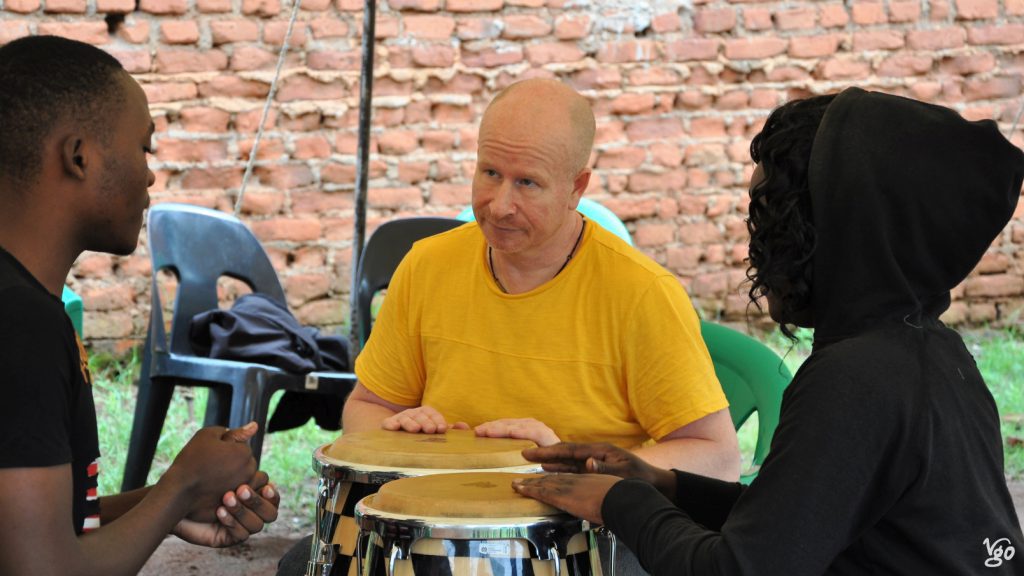
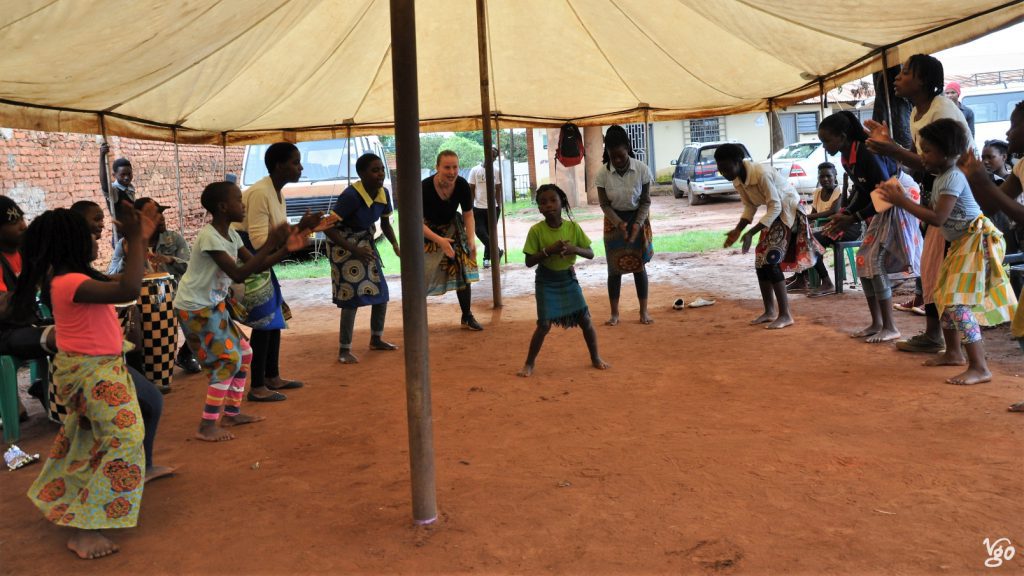
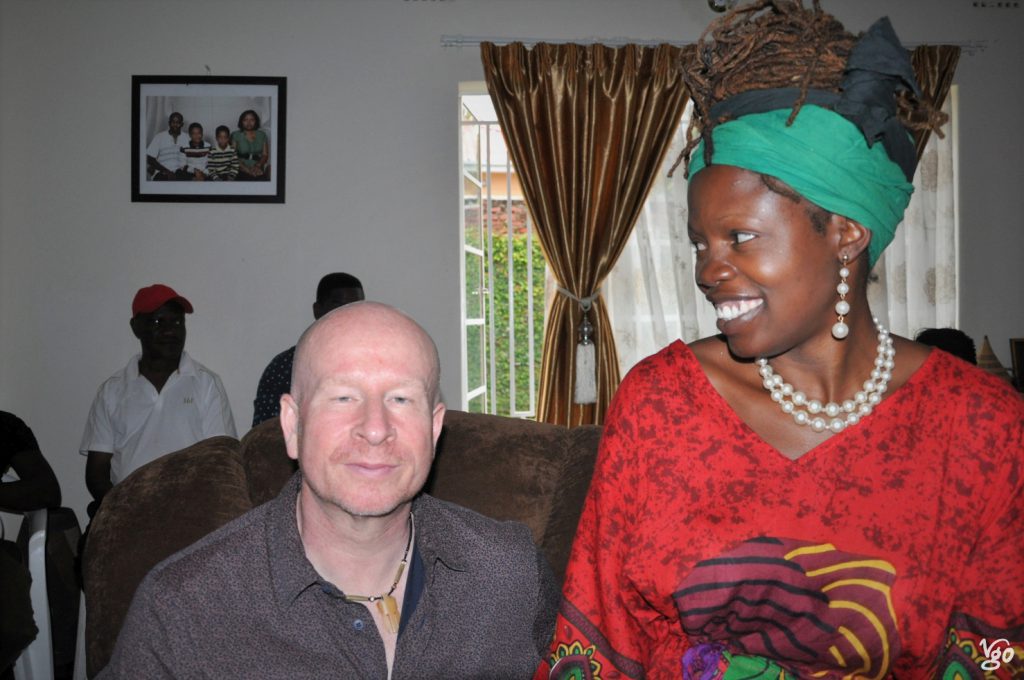
Family gathering 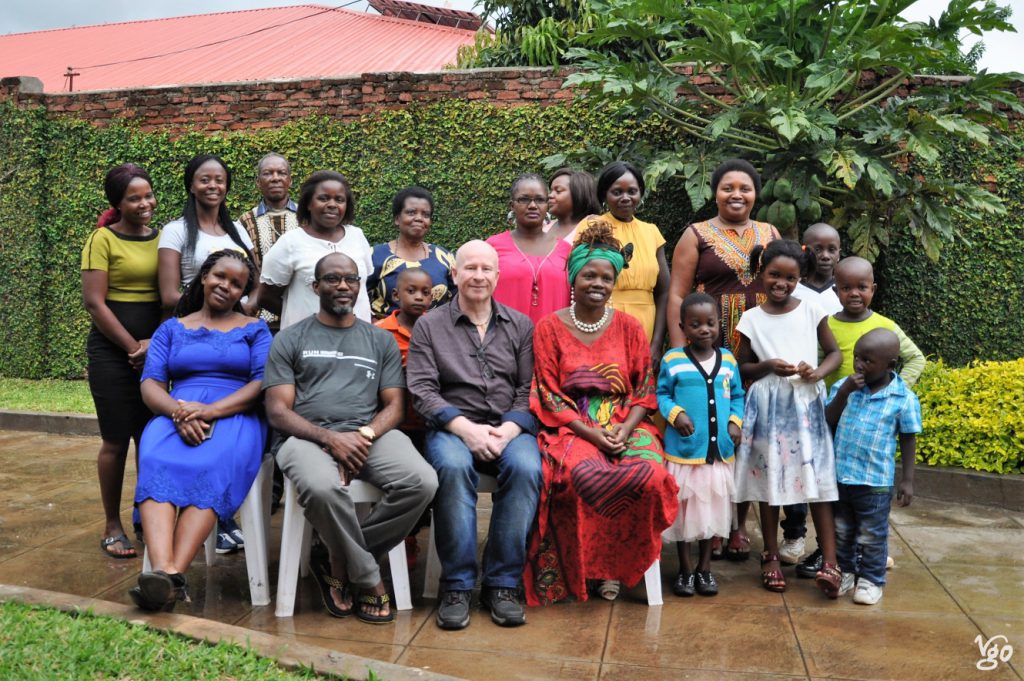
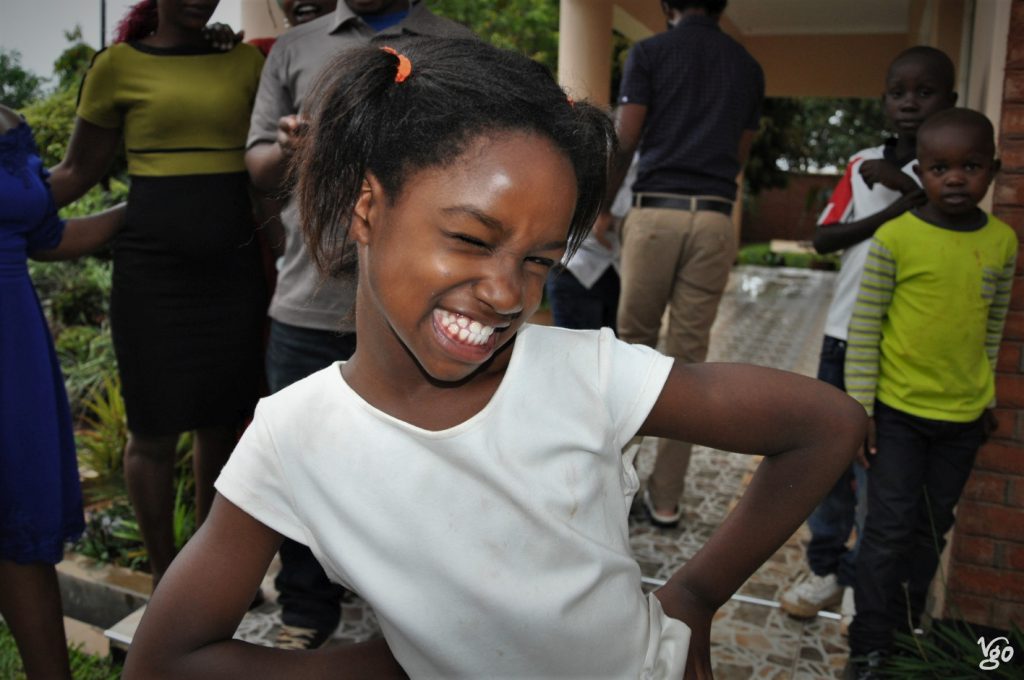
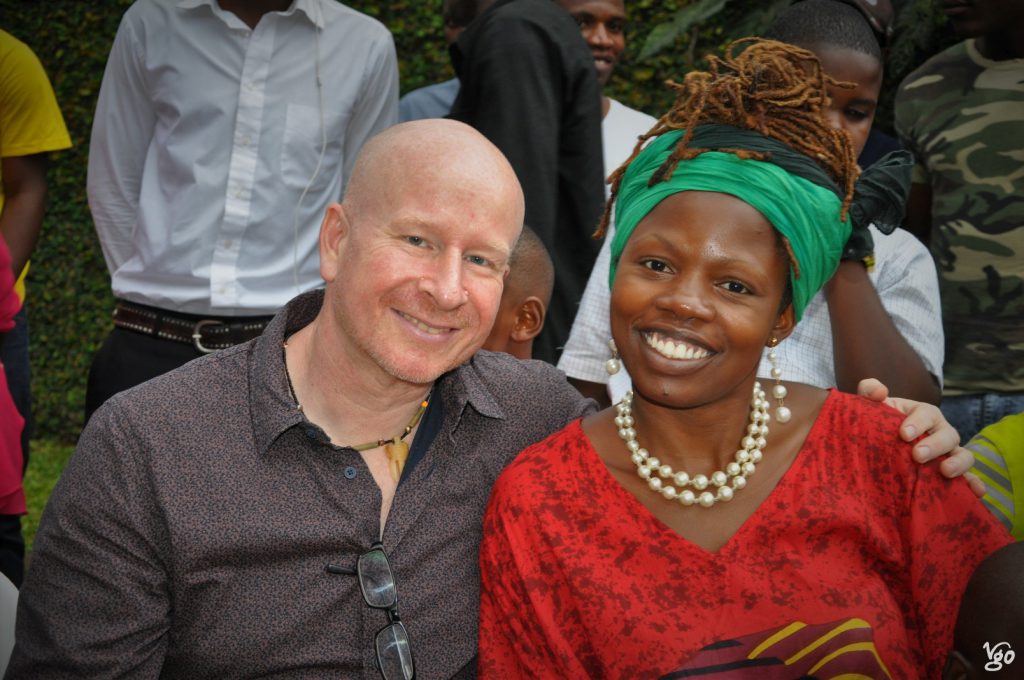
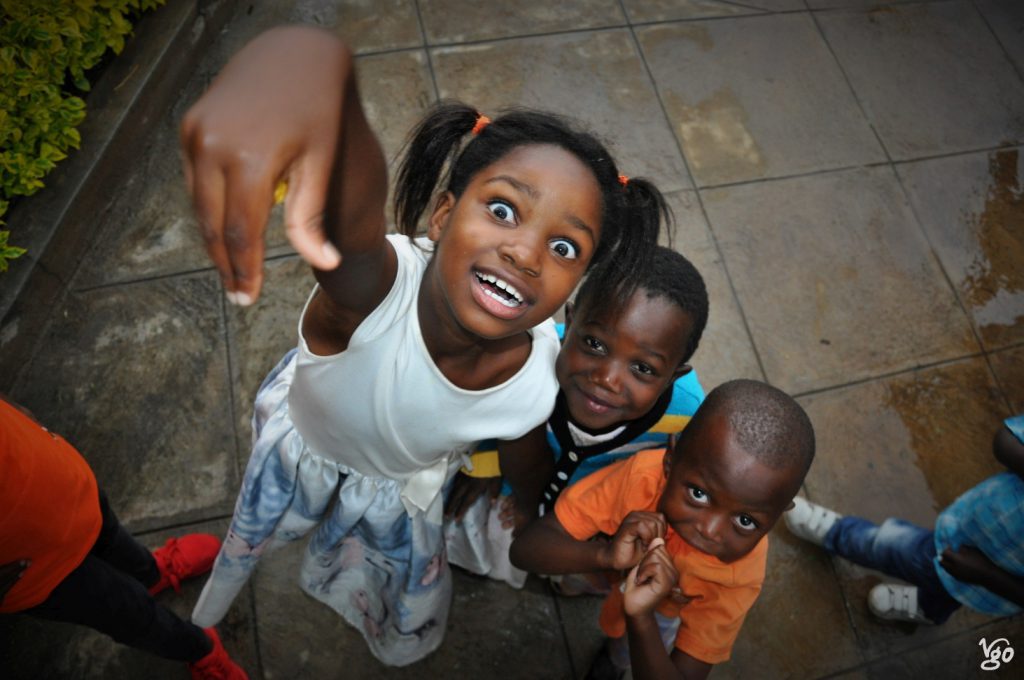
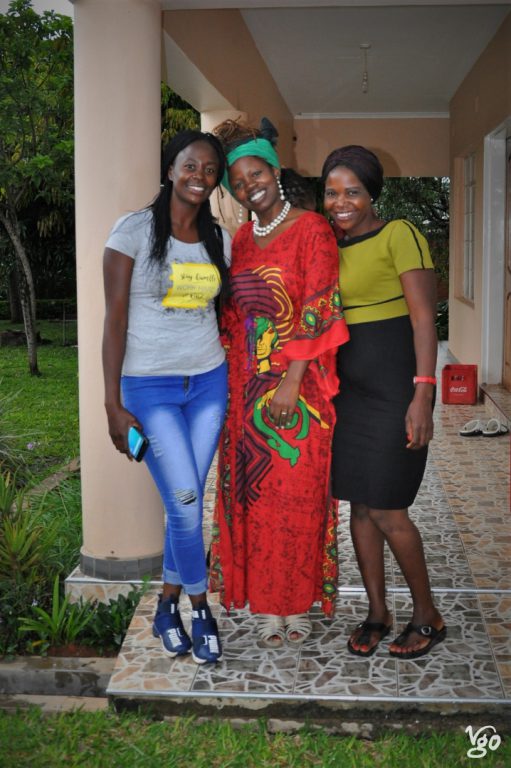
Lake Malawi to Mangochi
Down the M1 via Dedza, and then the serpentine Golomota route down to the Lake – this is a truly picturesque route, though it needs careful driving. Since Nkopola Lodge, our original choice, was booked out, we opted for the up-market Makokola Retreat, and didn’t regret it.
On the way there we saw quite a number of collapsed baobabs, which reminded me of the recent articles about the dying giants (for instance this one).
Mangochi‘s small museum is well worth a visit. It has, amongst other things, some of the relics of the British steamer Gwendolen that had fired the first shot of the first naval battle in WW1, waking up the captain of the Hermann von Wissmann who was ignorant of the beginning of the war and thus dumbfounded by the strange behaviour of his British colleague and friend.
The museum is near a clock tower in memory of Queen Victoria. Now clock towers and war memorials – I am planning to write about these strange memorials to this Western claim for eternity soon.
Liwonde National Park
We stayed at Safari Camp, my second time there. The elephant and hippo footprints at our tent were promising, yet whatever may have been going on outside at night, we didn’t get to see any elephant at all, an no hippo outside Shire River. Note: Shire is to be pronounced as shee-ree, or else some local girl will be laughing at you!
Liwonde NP is lush in the rainy season, which is a sight to see. Not that it makes game viewing easier, but then again the park is rich in game of various kinds, and as far as I am concerned I enjoyed what I could see. The landscape, and especially the Shire are amazing and yet another beautiful spot in Malawi.
Zomba
Malawi’s former capital lies at the foot of the breathtaking Zomba Massif. The town itself is rather unimpressive today, though a few colonial buildings attract some tourists. Other than that the hiking trails up on the plateau of Zomba Massif (up to 2,000m) are a major attraction.
If your looking for accomodation with a great view of the area below the plateau, Zomba town and even as far as Mount Mulanje, stay at KuChawe. Enjoy the view there while you are waiting for your drinks, and keep waiting, waiting, waiting ….
We also had a look around Chancellor College, a top institution of the University of Malawi. Unfortunately, I couldn’t meet any colleagues. Another time.
As I am writing, one of the dams up in the mountains is on the brink of collapse, threatening further flooding of areas around Zomba, thus a warning issued by the home secretary. We stepped on that dam, and it looked very unsafe. This comes in the wake of heavy rains and Cyclone Idai, which hit southern Malawi, Zimbabwe’s eastern highlands, and – worst of all – central Mozambique, leaving hundreds dead and hundreds of thousands homeless.
Magomero to Mount Mulanje
Magomero, a village that emerged around the estates owned by David Livingstone’s descendants, and later managed by another Livingstone, William Jervis, who was killed in a first uprising under John Chilembwe, Malawi’s national martyr. The village is the subject of a book-length depiction of rural life in Malawi before and under colonialism, by Landeg White (I’ve only dipped into it yet).
The Livingstone estate is surprisingly difficult to find in Magomero, a village only reached via dust track (one of many moments where you realize why you need a decent 4×4 here). It took a while and some detours before someone pointed us in the right direction. Considering the significance of this place for the history of Malawi I was rather surprised. My mind immediately designed plans for a national museum in the old Livingstone house (which is now occupied by a few families and students of the local college).
In Mulanje, we stayed at Hapuwani Village Lodge, in the midst of tea plantations. I find the lodge truly recommendable (including its food) as an African hotel (as opposed to lodges primarily for muzungu travellers). I haven’t found a website for it though.
Mount Mulanje is something else altogether. For local people it is incredibly (credibly?) rich in magic and spirits, and many a hiker is said to have vanished due to disrespect of the spirits. A proper hiking tour to one of the summits takes at least two days. The highest summit is Sapitwa (in the local Lomwe language ‘we do not go there’), which rises up to 3,001m. We only made it as far as Likhubula Falls, and I was brave enough to go for a swim. The water is said to have healing powers, at least Malawi’s most famous/notorius “prophet”, South-African based Bushiri is said to sell it to his followers. Now it has extra power of my swimming added to it 😉
What is annoying are the local guys who quite aggressively offer themselves as guides (which you need) and wardens for your car that you have to park somewhere in the forest. There is a sense that if you do not hire one of them, he is likely to be the one to break into your car. I had some serious discussions with five or six of them who were stubborn enough to keep on running behind our car as I was negotiationg the extremely rough dirt track. We did get an acceptable deal in the end (and Chimz overheard them complaining about the very low price I got out of two of them – askies, sorry, been on the road for too long, dudes!).
Blantyre to Dedza
Blantyre is Malawi’s business capital and biggest town. That doesn’t make it particularly attractive though. I remember Lonely Planet describing its museum as one of the “dark and dusty” types. I liked its presentation of proverbs with artwork. There are some colonial buildings, including Mandala House (named, I am told, after the specs one of the early managers was wearing) – the oldest European style building in Malawi, built in 1882.
Since Chimz is from one of the villages near Blantyre, I had the chance to meet more of her family, and was introduced to the ancestors on the local cemetery. The downpour that followed my introduction was generally seen as a blessing, and I agree.
